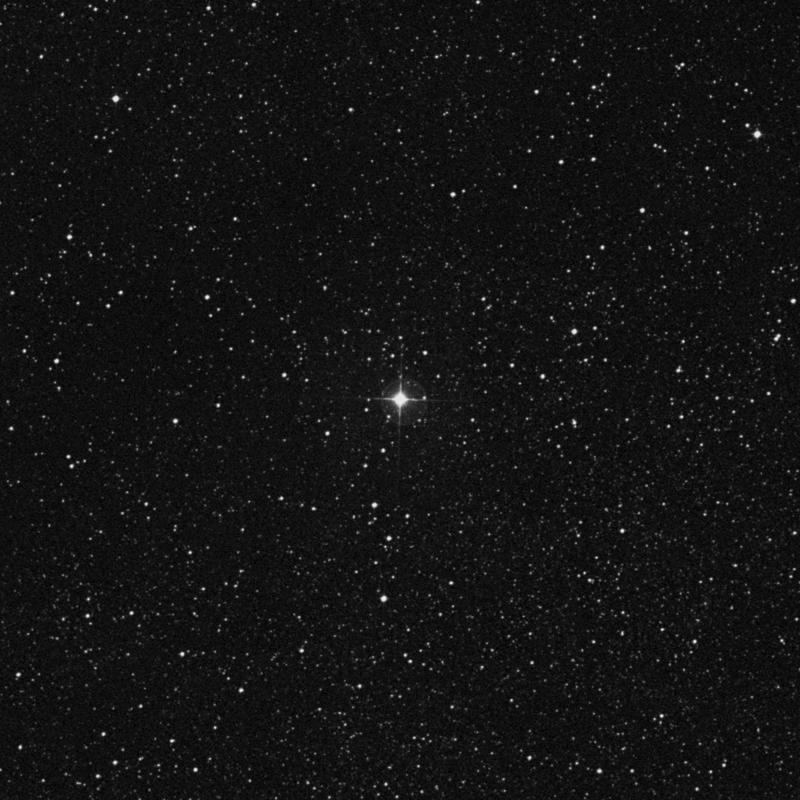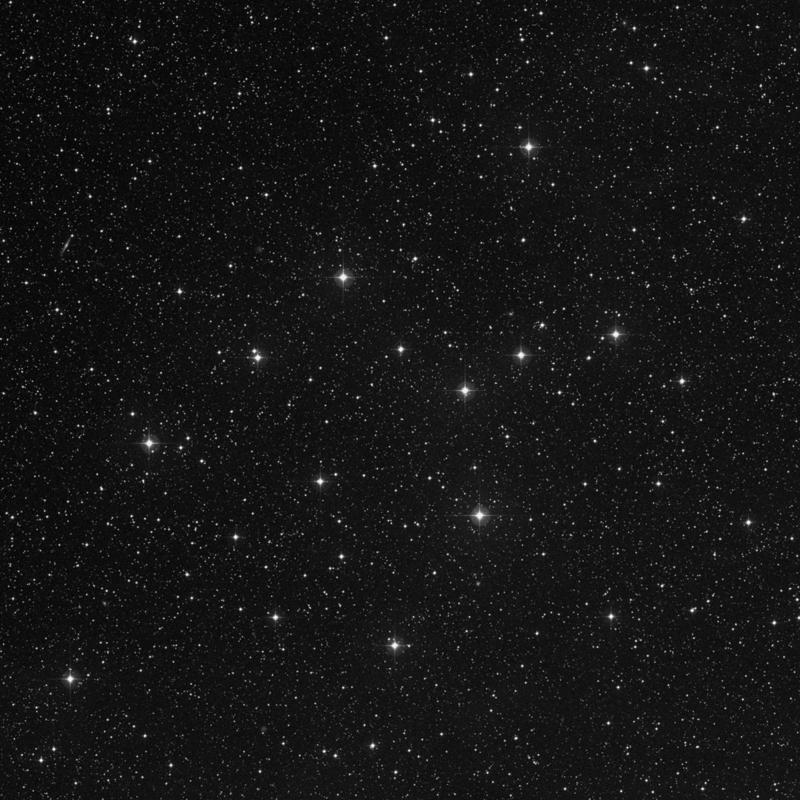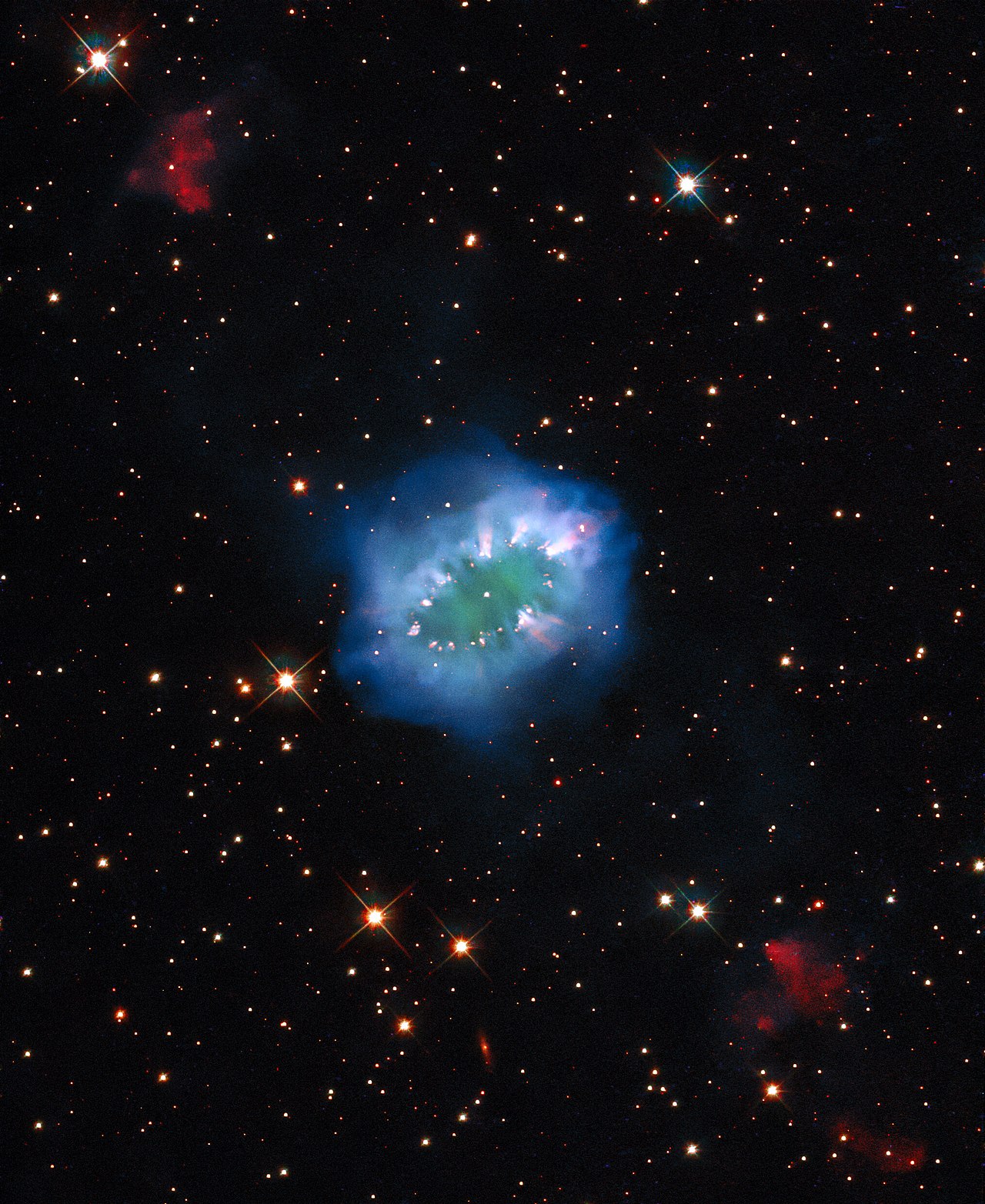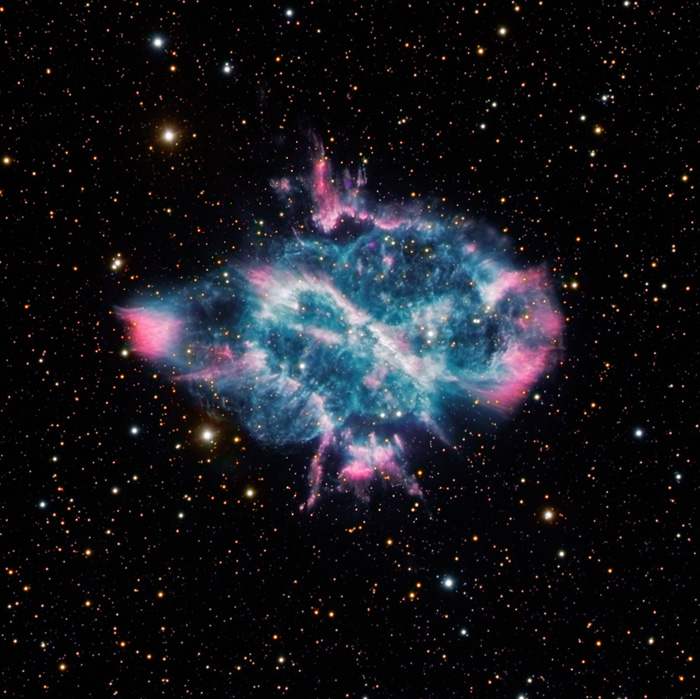Today's APOD is a very fine visible-light image of a truly fascinating star.
Mu Cephei is known as the Garnet star, but it is certainly not garnet-colored. The way I remember it, when I was able to look at it through a 14-inch telescope, it was about this color:
███
Garnet would be about this color:
███
Still, it's certainly reddish as non-
carbon stars go.
In the APOD, Mu Cephei is seen to be involved with a lot of nebulosity. And since this nebulosity is very red, it is easy to think that Mu Cephei is ionizing a red emission nebula. But that is impossible, because Mu Cephei is way, way, way too cool for that. Of course, it is certainly possible that Mu Cephei has previously shed a lot of matter, and that this matter is now being ionized by ultraviolet light from the
O-type star HD 206267, which is ionizing the entire IC 1396 nebula.
The blue-white star at the center of IC 1396, and responsible for ionizing it, is O-type HD 206267. It could be that the strong wind from HD 206267 is colliding with Mu Cephei's own wind, which might cause hydrogen alpha ionization near Mu Cephei. Or else, frankly, all the ionization may come from HD 206267.
Wikipedia wrote:
The distance to Mu Cephei is not very well known. The Hipparcos satellite was used to measure a parallax of 0.55±0.20 mas, which corresponds to an estimated distance of 1,800 parsecs. However, this value is close to the margin of error. A determination of the distance based upon a size comparison with Betelgeuse gives an estimate of 390±140 parsecs.[24]
Calculation of the distance from the measured angular diameter, surface brightness, and calculated luminosity leads to 641 pc. Averaging the distances of nearby luminous stars with similar reddening and
reliable Gaia Data Release 2 parallaxes gives a distance of 940 pc
Well, if Gaia has measured the parallax of Mu Cephei, then
the news of this has not come to Simbad.
The APOD caption said that the distance to Mu Cephei is nearly 3,000 light-years from planet Earth. Did Gaia tell you that, Robert Nemiroff and Jerry Bonnell, in private communication? Even though Gaia failed to inform Simbad?
Well, Gaia did tell Simbad that the parallax of HD 206267 is 1.3604 milliarcseconds (with an uncertainty of 0.2188 mas), which, if we disregard the uncertainty, corresponds to a distance of ~ 2,400 light-years. I take that to mean that Mu Cephei is more distant than HD 206267, and and that Mu Cephai may not be involved with nebulosity of IC 1396. Or is it? Inquiring minds want to know!
Do note the little planetary nebula to the upper right of Mu Cephei. Just follow the Mu Cephei diffraction spike that points upwards and to the right, and you'll see it.
I wonder what this little planetary nebula is called? I'm too lazy to find out.
Ann
 Mu Cephei
Mu Cephei







